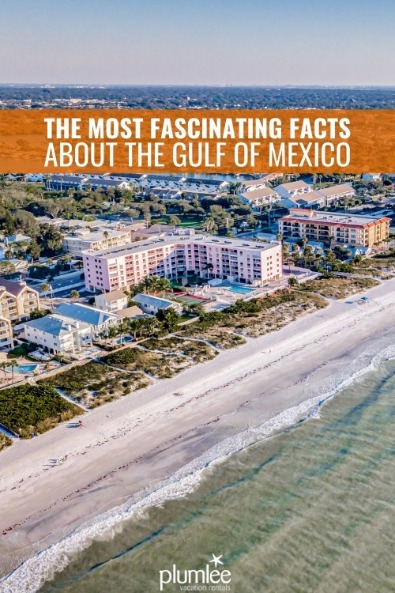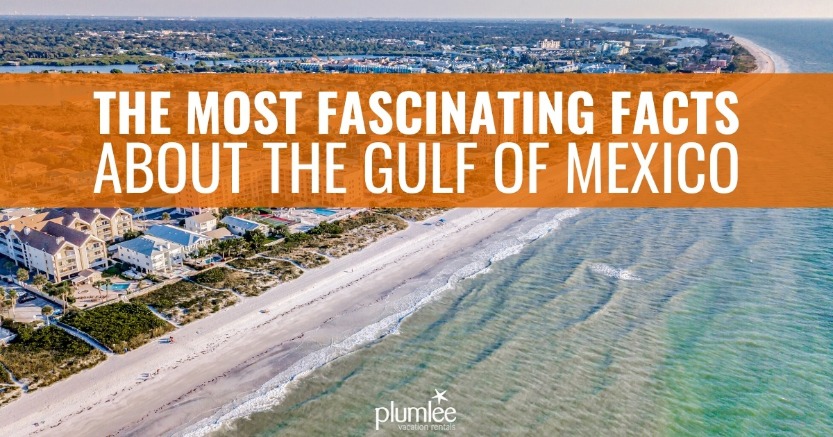
Today we’re talking about the gorgeous Gulf of Mexico! Not only is it beautiful, but it is equally intriguing. It really is an incredible part of nature and a valuable ecosystem that we’re fortunate to share a little piece of here in Indian Rocks Beach and Indian Shores, Florida. Come and explore some amazing facts about the Gulf of Mexico! (P.S. This makes a great quick and easy science lesson for the kids at home or next time you’re vacationing on a Florida Gulf Coast beach.)
Largest gulf in the world
From the tip of the Yucatan Peninsula in Mexico to the island of Cuba, the Gulf’s shoreline extends for 3500 miles. If stretched across land, the Gulf of Mexico would spread from Los Angeles to New York.
Wetlands habitat
Habitats of the Gulf of Mexico include 5 million acres of wetlands in the offshore areas, uplands, and submerged vegetation. The Gulf of Mexico’s coastal wetland encompasses 28% of the U.S. wetlands.
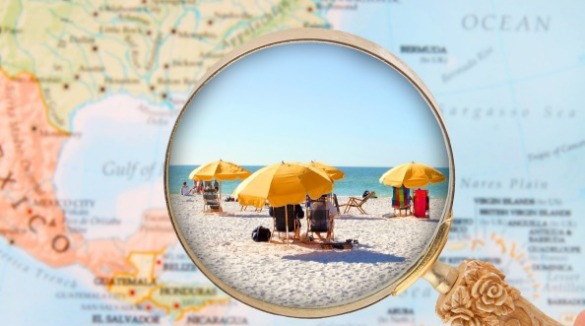
Shallow waters
Roughly half of the waters of the Gulf of Mexico are shallow, covering the continental shelves. The Gulf of Mexico was created in the Late Triassic period when continental plates collided and the floor later sunk.
Quadrillions of gallons of water
According to the Harte Research Institute for Gulf of Mexico Studies, the Gulf holds 643 quadrillion gallons of water and reaches a depth of more than 12,000 feet. It contains half of the nation’s coastal wetlands, 90 percent of its seagrass, and all its mangrove habitat.
33 major rivers drain into it
Forty percent of the continental U.S.—the entire landmass between the Appalachian and Rocky Mountains, covering 31 states—drains into these waters. Thirty-three major rivers drain into the Gulf, the largest of which is the Mississippi. There are 207 estuaries that empty into the Gulf of Mexico.
Coastal reef formations
The Florida Reef Tract in the Gulf of Mexico is 358 miles long. Florida is the only state on the continent to have coastal reef formations. Caribbean-style coral reefs grow on top of salt domes rising from the floor of the Gulf near the edge of the continental shelf, the northernmost reefs in the U.S. and some of the healthiest in the world.
Incredible biodiversity
The Gulf of Mexico boasts incredible biodiversity—scientists have inventoried 15,419 species in the Gulf ecosystem, ranking it in the top five ocean areas globally. Residents include hundreds of species of fish, hundreds more of crustaceans, four species of whales, 28 species of dolphins, five species of sea turtles, and many sharks, including hammerhead, tiger, thrasher, and great white. The Gulf contains one of only two breeding grounds for Atlantic bluefin tuna.
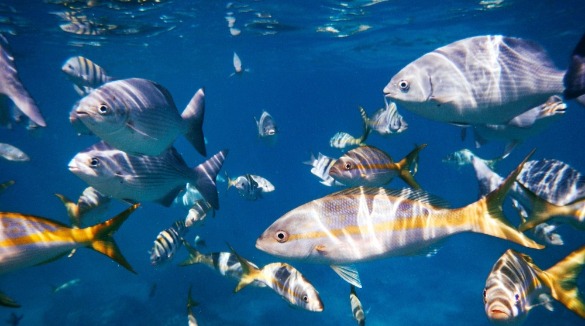
Aquatic highway (blueway)
The Nature Conservancy recently analyzed data on 26 species from more than 100 scientists for a report identifying four major migratory pathways—dubbed “blueways”—criss-crossing the Gulf. These routes are used by fish, mammals, sea turtles, and birds, with migrations occurring year-round.
Migratory bird crossing
The Gulf of Mexico is a major crossing for migratory birds. Approximately 2.5 million migratory birds land in Louisiana during migratory season. This totals hundreds of millions crossing the Gulf of Mexico each season.
Many marine mammals
The Gulf of Mexico is home to 29 marine mammal species including the West Indian manatee, sperm whales, minke whales, bottlenose dolphins, and humpback whales.
Shark species abound
The Gulf Coast is home to at least 49 shark species including bull sharks, silky sharks, tiger sharks, thresher sharks, lemon sharks, and oceanic white-tip sharks.
Manatee spottings
Manatees that can be found in the Gulf of Mexico can reach up to 12 feet in length. They can weigh over 1,500 pounds but the population is declining.
Sea turtle sanctuary
There are five threatened or endangered sea turtle species found in the Gulf of Mexico including leatherback sea turtles, loggerhead sea turtles, hawksbill sea turtles, and Kemp’s Ridley sea turtles.
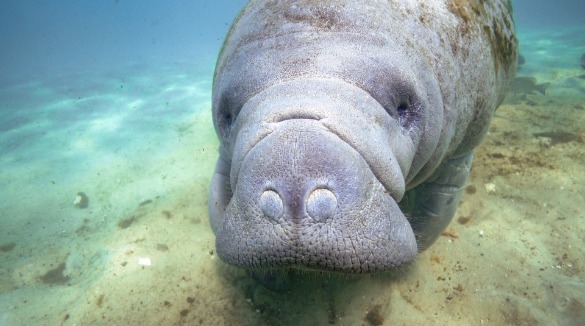
tell us one thing you learned about the gulf of mexico!
Our comment section is always open and we love hearing from our readers.
